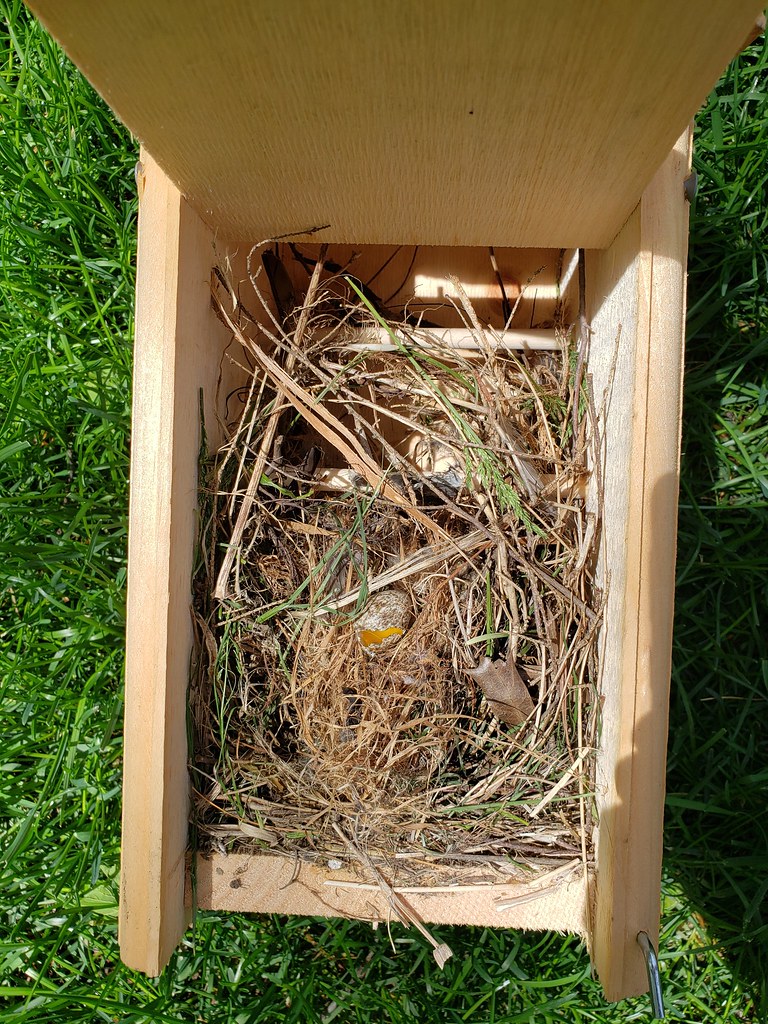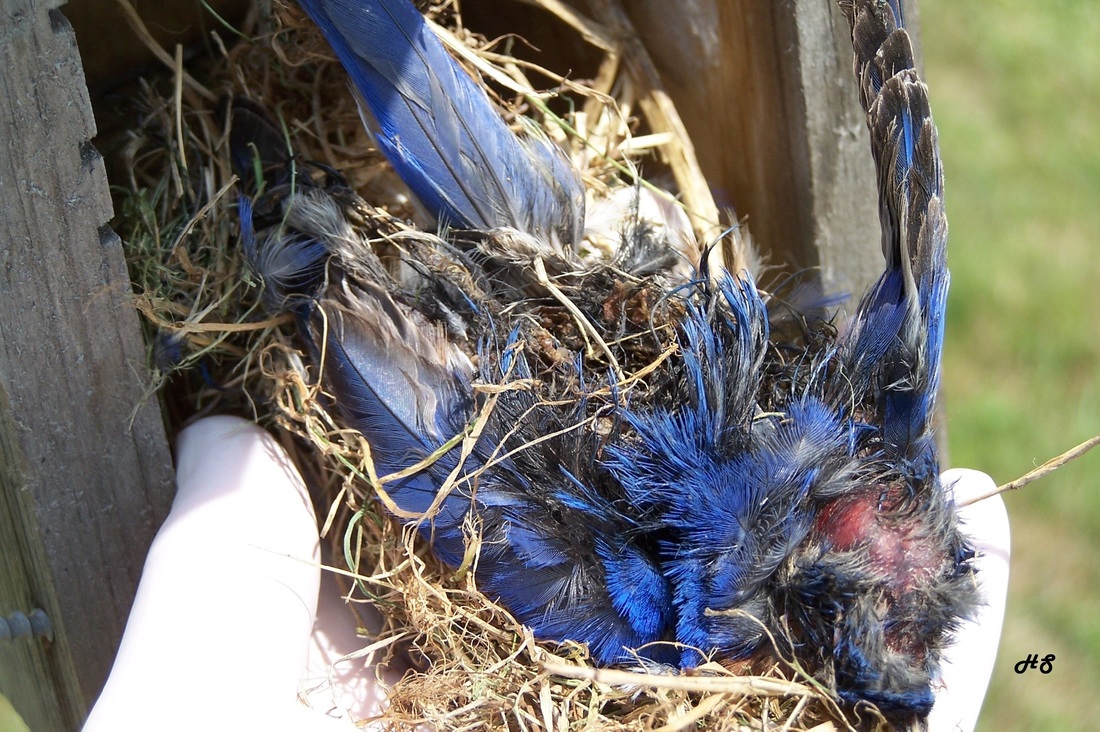Table Of Content

Like most birds, sparrows reproduce through sexual reproduction. Up to 20 percent of the eggs or young can be from a male that is not her partner. The male chirps by the sparrow nest site, trying to attract a female. When a female comes by, the male chirps louder and more quickly.

The Natural History of Model Organisms
But since house sparrows are so common, you’ll likely be able to remove the nest without violating any laws. As the temperatures rise and daylight hours lengthen, typically from late March through early August, house sparrows enter their breeding season. But house sparrows living in warmer locales might enjoy an extended nesting season, as long as January to October. The active adoption of nest boxes by house sparrows highlights their opportunistic nature and the capacity to thrive in close association with human habitats. In the active phase of construction, the female deftly weaves and interlaces these materials to form a sturdy and compact structure.
Breeding range and habitat
Sharing this job helps the mom and dad sparrows become closer and shows how important both of them are for their babies to be born healthy. This collaborative approach ensures that by the time the eggs are ready to be laid, the nest is not only a structure but a home. It’s a beautiful example of partnership and shared responsibility in the natural world. Constructed from a hodgepodge of materials—twigs, grass, and even bits of paper or plastic—they are the epitome of resourcefulness.
What Time of Year Do House Sparrows Nest?
Their breeding instincts drive sparrows to scope the eaves and ledges for prime real estate. You may find their nests above porch lights or tucked in roof angles. During spring, sparrows compete intensely for nest sites near food sources. Though uniform in size, each egg’s distinctive coloration reflects the adaptive success of these resourceful urban nesters. Their nesting activities in cavities or clever outdoor domes ensure reproductive success, while the egg markings symbolize the avian spirit’s tenacity. The sparrow nest can be located in any available place in buildings, trees, and House Sparrow houses near human habitation.
Incubation of the eggs
Some may build very shallow nests, while others have very tall nests. As far as things you won’t see in a house sparrow nest – that’s very unclear. And they will build their nest out of whatever random stuff they find. The one time, you might find moss or sticks in the nest box is if your bluebird built her nest on top of an older nest. In this case, you’ll see a layer of some other material followed by a top layer of pine/straw/grass. It is possible that a few scraps of the above might end up in a bluebird nest.
It's nesting season for Eastern Bluebirds and good time to spot that flash of blue in sky - Detroit Free Press
It's nesting season for Eastern Bluebirds and good time to spot that flash of blue in sky.
Posted: Mon, 15 Apr 2024 07:00:00 GMT [source]
House sparrows display a notable preference for nooks and crannies in buildings, particularly under eaves, in roof spaces, and even in the crevices of walls. Their resourcefulness extends to utilizing ledges, and gutters, showcasing their adeptness at navigating and exploiting the man-made landscape. In the big picture of city animals, house sparrows play a unique role. From the time they hatch from their eggs to when they first fly, every part of a sparrow’s life shows their amazing skills, which they’ve learned over many years.
House sparrows aren’t particularly picky about what they eat, though — you may find them everywhere from at your feeders to munching on crumbs on the grounds of an outdoor restaurant. In the nest, cats, dogs, raccoons, and black snakes will eat adults, young, and eggs. Among the native species it competes with are Bluebirds, Tree Swallows, and Purple Martins.
Compare with Similar Species
These birds can be very aggressive at bird feeders and will keep other birds away while feeding. They'll use any birdhouse they can get into and sometimes evict other bird species to take over a cavity. Some people would ask, "where do House Sparrows not build their nests?" Any cavity above 5 feet, sometimes even closer to the ground, is suitable for nests. House Sparrow incubation (gestation period isn't the term for birds) lasts for about 12 days and the young will leave the nest 15 to 17 days after hatching. For the most part, incubation of the eggs is done by the female with the male sitting on the eggs about 20 percent of the time. The males claim their nest sites and defend the immediate territory around the nest.
House Sparrow Nests & Eggs Quick Facts
To get rid of them, put your feeders away until they move on. House sparrows won’t stick around where there isn’t an easy food source. Just under 60 percent of adult House Sparrows survive annually. Cold weather and food availability are factors in how long House Sparrows live.
By providing basic needs like water, food and shelter, you can make a difference in your own backyard. Stepping across the branch, you settle into the dome nest and fidget with toothpick twigs, deftly weaving a cozy home beside mine. As the male, you initiated nest construction by selecting this site among the eaves. The eggs represent hope; each one, a new possibility in a harsh world. Protect them, nurture the young, and spread your kind far and wide.
Song is a series of two-parted cheep or chirrup notes, given throughout much of the year. Breeding males have a broad black bib, whitish cheek, and chestnut head with gray crown. This period is crucial as the chicks learn to fly and forage, skills essential for their survival. Despite their newfound independence, fledglings often stay close to the nest, relying on their parents for food and protection as they master the art of being a sparrow in the big wide world. It’s not about laying the eggs; it’s about working together until the eggs hatch.

These adaptable birds also build their nests in vines that grow against the sides of buildings. They often build their nests out of sight, but you can locate them by watching the birds and looking for loose nesting material hanging from the nest site. Keep reading to learn more about where House Sparrows build their nests. In fact, house sparrows are one of the biggest reasons purple martins are almost completely dependent on human management to nest. If you are still having trouble identifying house sparrows from other birds, we have a video guide to help you. While bluebirds are pretty loyal when it comes to nest shape and material, each bird can be different when it comes to nest height.
Their eggs, a crucial part of their lifecycle, are fascinating not in appearance but also in the way they signal the beginning of a new generation. Dealing with house sparrows, especially after they’ve laid eggs on your property, requires prompt and effective action. House Sparrows are one of the many species of birds that can lay blue-colored eggs, as well as white, light brown, and greenish-colored ones.
The loading docks of these buildings are often open during business hours so birds can just fly in. Some house sparrows deliberately trigger the motion sensors that automatically open store doors for customers. Once paired, the female joins in completing the nest structure. Optimal breeding sites, like holes in buildings or occupied birdhouses, are highly sought after and aggressively defended. But this resilient bird’s success impacts many native species. Understanding the sparrow’s natural behaviors provides insights into protecting biodiversity.

No comments:
Post a Comment